In a world where consumerism often leads to excessive waste, the concept of reuse emerges as a beacon of hope for a more sustainable future. Reuse, the practice of using items more than once, stands at the forefront of environmentally conscious living. This article delves into the power of Reuse, its impact on the environment, and the numerous benefits it brings to individuals and the planet as a whole.
Importance of Reuse:
Reuse plays a crucial role in reducing the environmental footprint associated with manufacturing and disposal. The production of goods involves the extraction of raw materials, energy consumption, and the emission of greenhouse gases. By reusing items, we mitigate the demand for new production and subsequently alleviate the environmental strain caused by resource extraction and manufacturing processes.
Moreover, reuse promotes a shift away from the linear “take, make, dispose” model to a more circular economy. In a circular economy, resources are kept in use for as long as possible, maximizing their value and minimizing waste. Reuse is a fundamental pillar of this approach, fostering a sustainable cycle of consumption that benefits both the environment and society.

Impact on the Environment:
The environmental impact of reusing items is substantial and extends across various dimensions. One of the most prominent benefits is the reduction of waste in landfills. Landfills are not only eyesores but also potent sources of air and water pollution. By reusing items, we divert them from the waste stream, thereby lessening the burden on landfill sites and mitigating the associated environmental hazards.
Furthermore, the production of new goods often requires significant amounts of energy and water. Reuse circumvents the need for manufacturing, thereby conserving energy and reducing the depletion of water resources. The extraction of raw materials, another critical aspect of production, leads to deforestation, habitat destruction, and soil degradation. Reusing items mitigates these negative impacts by lessening the demand for new resources.
In the context of climate change, reuse emerges as a powerful tool for reducing carbon emissions. The manufacturing process, from extracting raw materials to transportation, contributes substantially to greenhouse gas emissions. By reusing items, we decrease the demand for new production, resulting in lower carbon footprints associated with the creation and transportation of new goods.
Benefits of Reuse:
Resource Conservation:
Reuse conserves valuable natural resources by extending the lifespan of products. This helps in preserving biodiversity, reducing deforestation, and minimizing the environmental impact associated with resource extraction.


Reusable Stainless Steel Bent Straws
Dish wash friendly, Unbreakable, Made Of High-Quality Stainless Steel With Rounded Edges, Travel-friendly, Durable, Light To Use, Reusable.
Economic Savings:
Embracing reuse can lead to significant economic savings for individuals, businesses, and communities. Purchasing second-hand items is often more cost-effective than buying new, allowing people to save money while contributing to a sustainable lifestyle.

PC: Pexels.com
Job Creation:
The reuse sector has the potential to generate employment opportunities. Repair and refurbishment activities, thrift stores, and online platforms for selling and buying used items contribute to job creation, fostering a more resilient and diverse economy.

PC: pexels.com
Community Engagement:
Reuse encourages community engagement and collaboration. Swap meets, second-hand markets, and communal repair events bring people together, fostering a sense of shared responsibility for environmental stewardship.

PC: pexels.com
Reduction in Energy Consumption:
The production of new goods demands substantial energy input. It significantly reduces energy consumption by eliminating the need for manufacturing, thus contributing to the global efforts to combat climate change.
Promotion of Creativity:
Reuse often requires innovative thinking and creative solutions. Repurposing items and finding new uses for old objects not only minimizes waste but also stimulates creativity and encourages a mindset of resourcefulness.

In many Indian villages, a beautiful tradition endures as women creatively repurpose their old clothes to craft quilts. This age-old practice not only reflects the essence of sustainability but also preserves the cultural and familial significance attached to these garments. In the heart of rural life, women skillfully transform worn-out fabrics into cozy quilts, weaving together a tapestry of tradition, resourcefulness, and warmth.
Educational Opportunities:
Embracing reuse provides educational opportunities for individuals and communities. Learning about repair, refurbishment, and the environmental impact of consumer choices fosters a deeper understanding of sustainability.
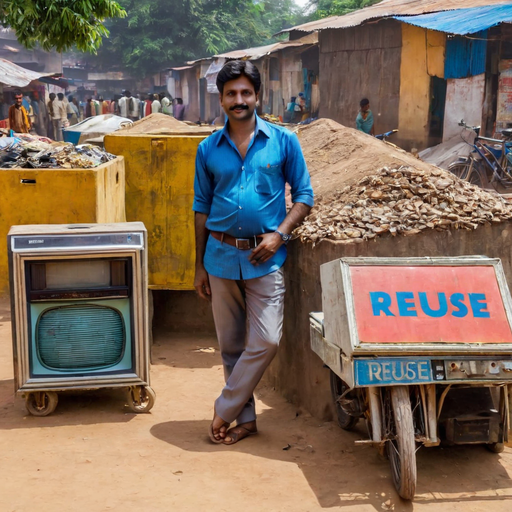
The practice of reuse stands as a powerful and multifaceted approach to mitigating environmental degradation and fostering a more sustainable lifestyle. By incorporating reuse into our daily lives, we can collectively contribute to the reduction of waste, conservation of resources, and the creation of a more resilient and eco-friendly future. As individuals, communities, and societies, we have the capacity to make a significant impact by embracing the ethos of reuse and championing a circular economy that prioritizes sustainability over excessive consumption.




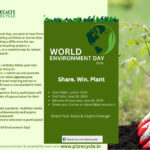
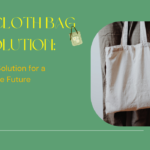

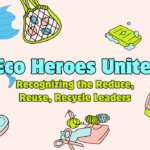

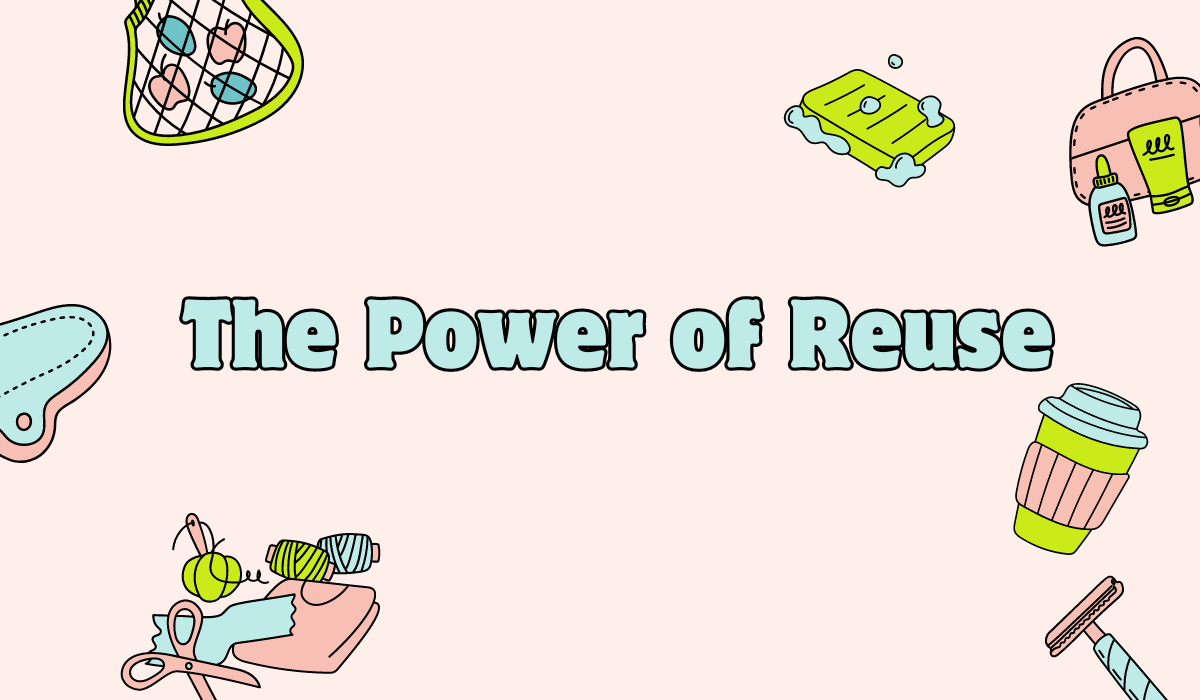
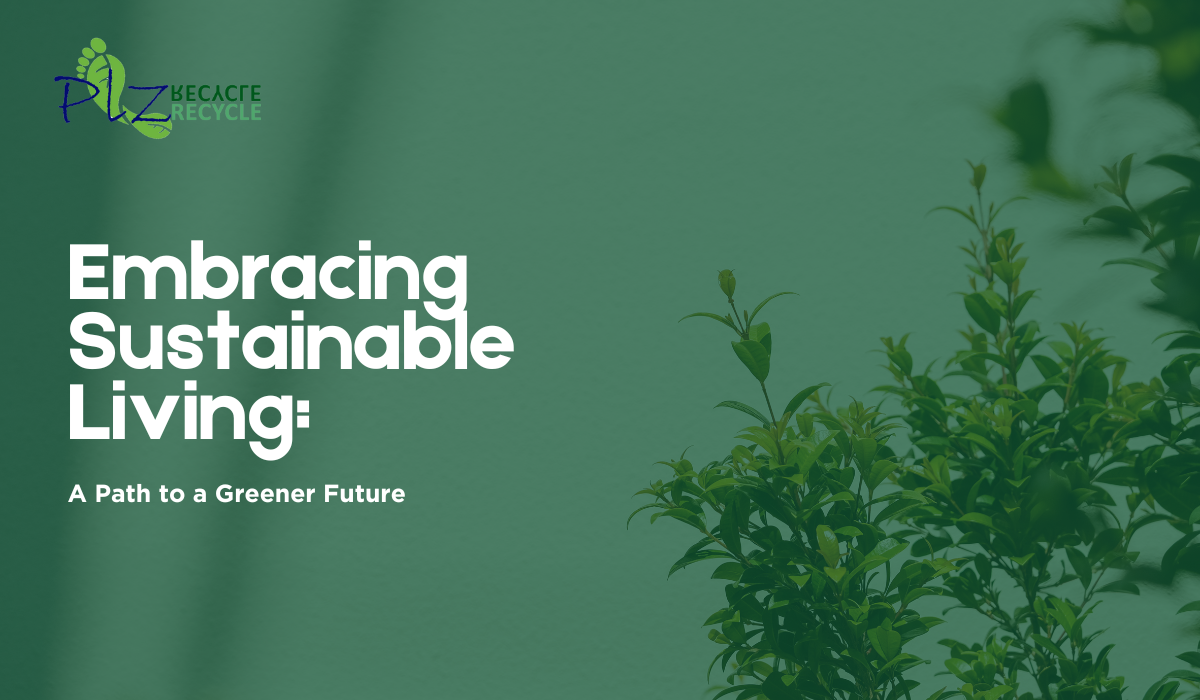
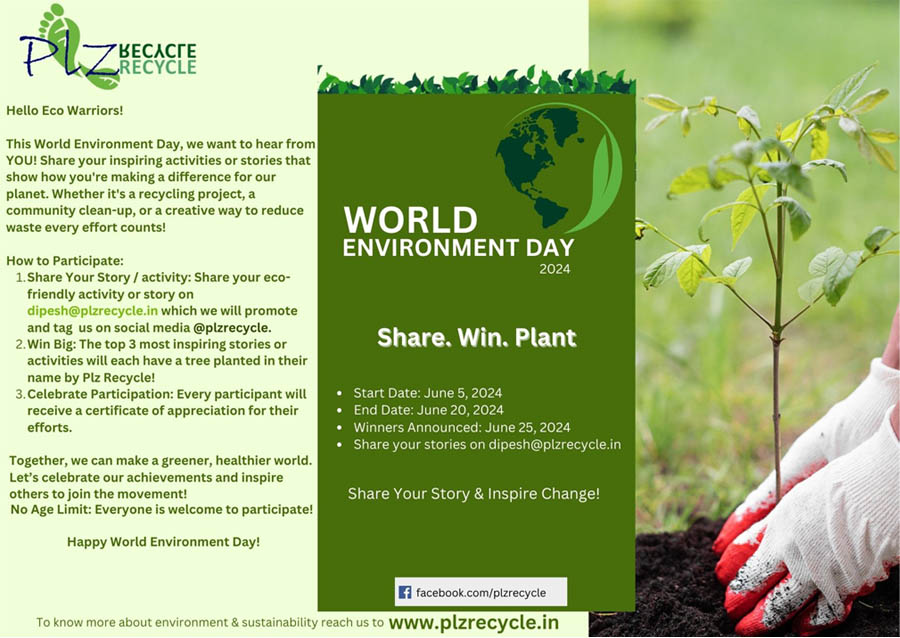
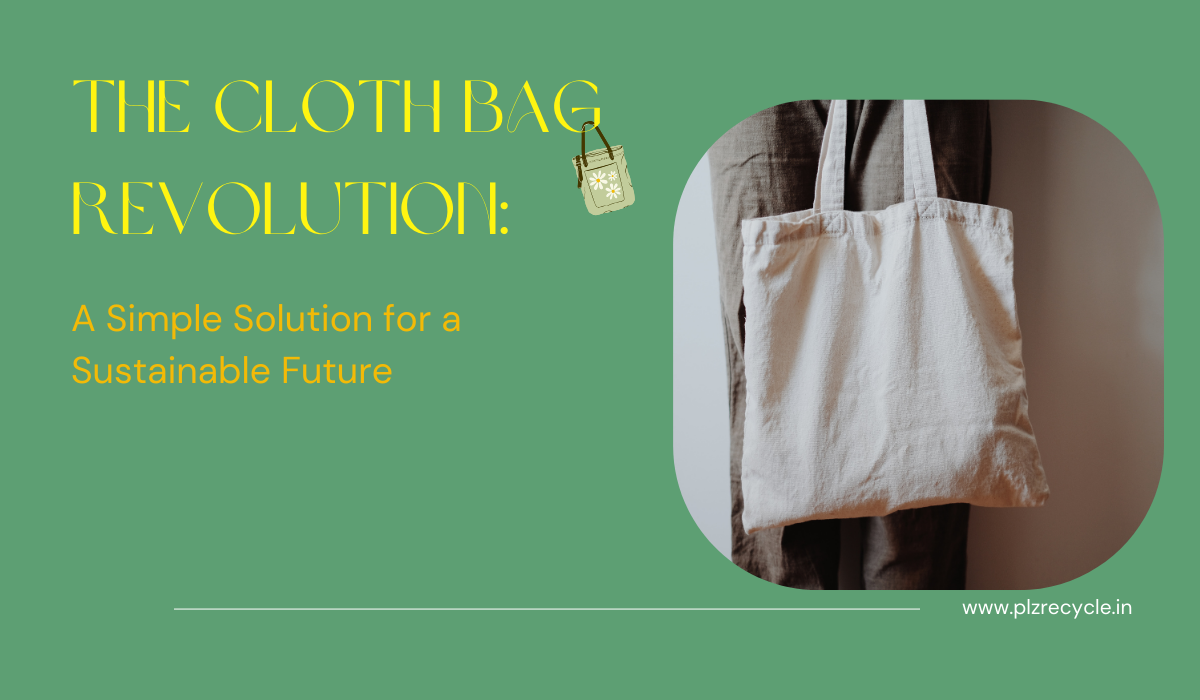
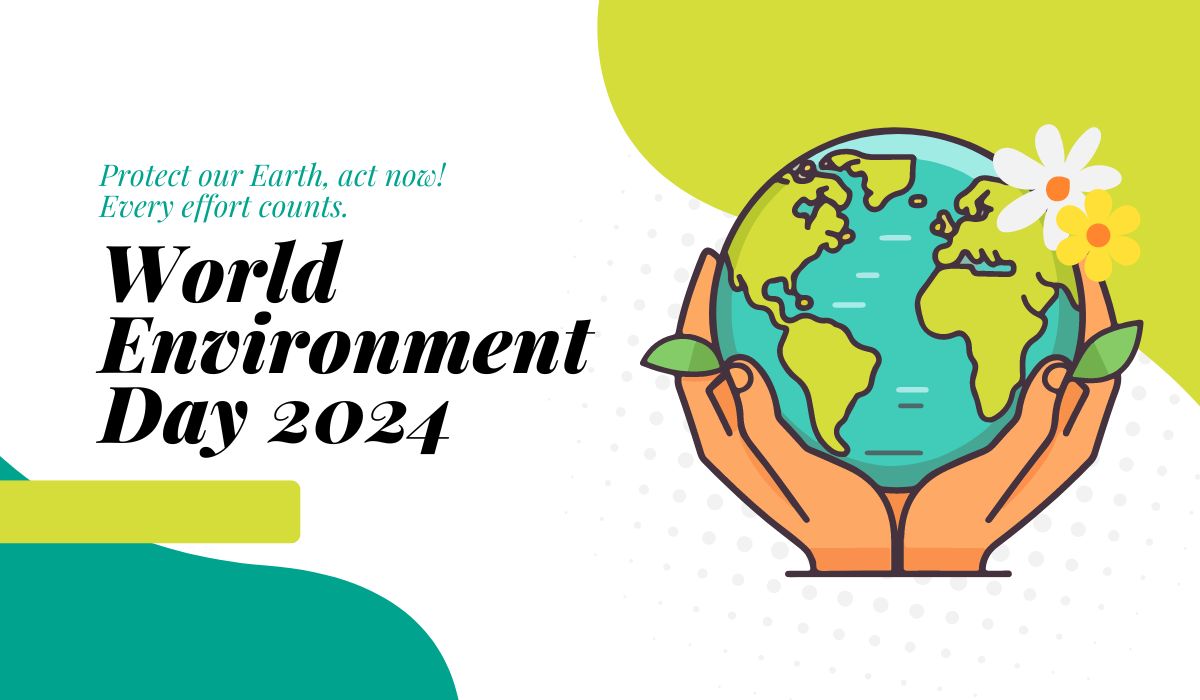
4 thoughts on “The Power of Reuse”